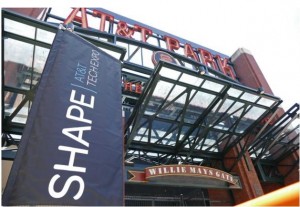1 min read
AT&T LIKES ‘WHITE-BOX’ NETWORKS AND HOPES YOU WILL, TOO

December 22, 2024
Copyright 2023, IT Voice Media Pvt. Ltd.
All Rights Reserved

 andard “white-box” network gear will come to enterprises this week with the introduction of a standard x86 server that can take the place of four specialized network devices.
andard “white-box” network gear will come to enterprises this week with the introduction of a standard x86 server that can take the place of four specialized network devices.